China’s Chang’e-6 moon mission has successfully landed on the other side and is already busy collecting specimens for shipment to Earth.
The first set of data was transmitted by the Chang’e 6 lander-ascender combination after arriving on Sunday morning (Beijing time). The landing was aided by China’s newly deployed Queqiao-2 relay satellite to provide a stable communications link with mission controllers on Earth.
Chang’e 6’s lander-ascender combination touched down softly in the South Pole-Aitken (SPA) Basin, at an impact crater known as the Apollo Basin, located in the SPA Basin.
Related: Watch China’s Chang’e 6 probe land on the far side of the moon in dramatic video
Landing process
A six-stage landing process enabled the craft’s soft landing: slow down, quickly adjust, approach, hover, avoid obstacles and slowly descend. Collectively, these phases covered a time period of approximately 900 seconds.
The deceleration occurred about 10 miles (16 kilometers) from the moon’s surface, with the probe adjusting its angle, bringing it nearly perpendicular to the surface.
During the descent, an autonomous visual obstacle avoidance system was used to automatically detect obstacles, with a visible light camera selecting a relatively safe landing area based on the brightness and darkness of the moon’s surface.
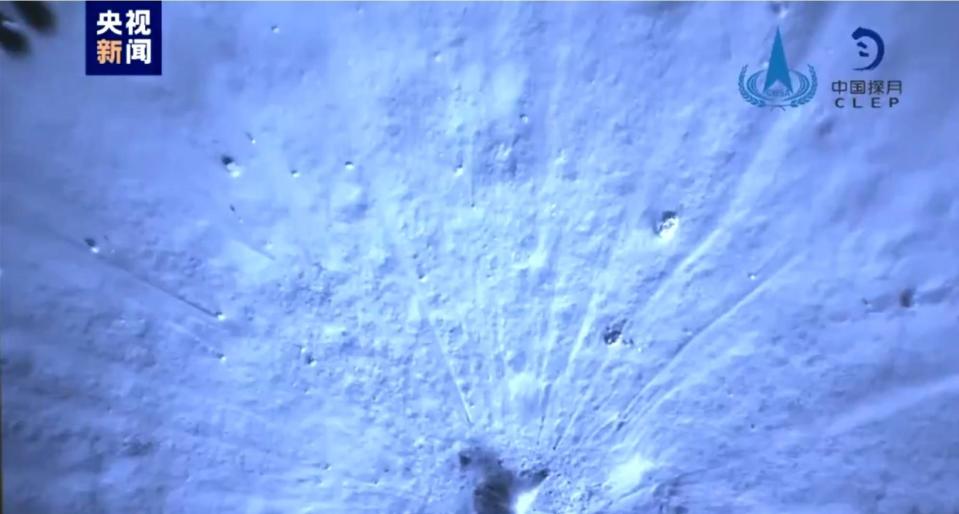
Avoid obstacle
When the probe came within two to three kilometers of the lunar surface, it entered the approaching stage and its optical sensors began scanning the landing area for obstacles.
The probe then entered a hover phase as it descended closer and closer to the moon, with sensors scanning the surface and quickly selecting a suitable space where all four legs would land on a flat surface while avoiding obstacles.
Less than 100 feet above the moon’s surface, the probe entered its final landing phase, reducing its descent rate to 4.5 miles per hour (two meters per second) until the soft landing was made.
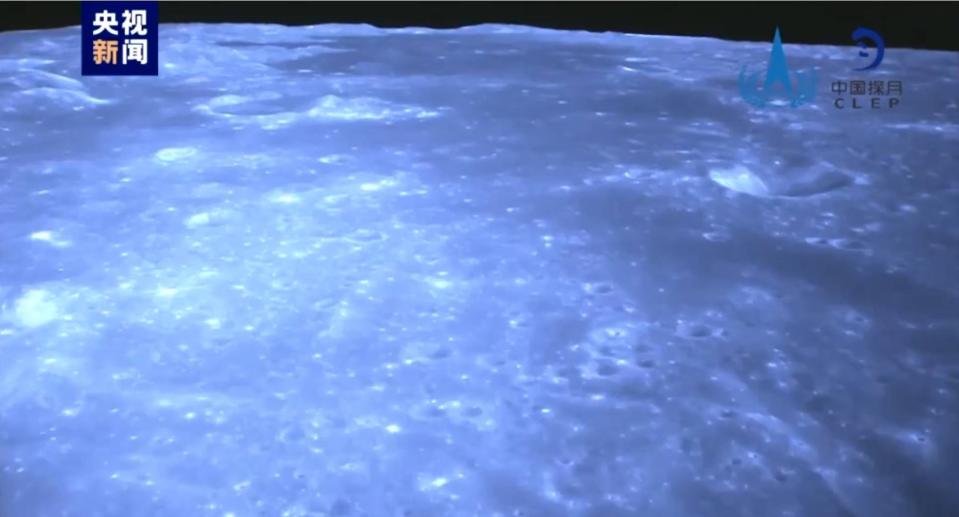

“So far, the entire moon landing process has been very smooth and successful. The power descent control is relatively accurate, while the relay connection is uninterrupted. And the landing is smooth and stable. The ideal landing location creates a favorable environment for subsequent lunar sample collection Li Xiaoning, an engineer from the Beijing Aerospace Control Center, said during an interview with China Central Television (CCTV).
Chinese space observer Seger YU suggests on
Rapid sampling
Chinese space officials have noted that the Chang’e-6 mission aims to realize key technologies of intelligent and rapid sampling, as well as take-off and take-off from the far side of the moon.
“The mission is quite tough, mainly because of the need to establish relay communications between Earth and the far side of the moon,” Li said. “We launched the Queqiao-2 relay satellite at an early stage, which provided the necessary communication support for soft landings and sampling on the other side.”
Ge Ping, deputy director of the Lunar Exploration and Space Engineering Center under the China National Space Administration (CNSA) added: “We have adopted rapid intelligent sampling and take-off and ascent from the lunar surface, which have laid a solid foundation for technologies , such as soft landing and sampling on alien bodies.”
It is expected that by honing these skills, they will be reflected by China’s Mars sample return initiative in the coming years.
Substantial challenge
The Chang’e-6 lander is now busy and is expected to complete lunar sampling tasks within two days. To do this, the spacecraft has two methods of lunar sampling: a drill to hold subsurface samples and grabbing samples on the surface with a robotic arm.
The landing site within the SPA Basin is expected to provide unique scientific data; the other side is subject to a longer history of impacts, pointing to an older geological era for in-depth investigation. In addition, the landing area – and the flatness of the landscape – provides communications and telemetry conditions to carry out the mission.
“It is the first time in human history that lunar samples have been retrieved from the far side of the moon,” Ye Peijian, an academic from the Chinese Academy of Sciences, told CCTV.
“If Chinese scientists succeed in obtaining lunar regolith samples from the other side, there will be countless technological achievements. This represents significant progress for us, but also poses a substantial challenge,” Ye added.
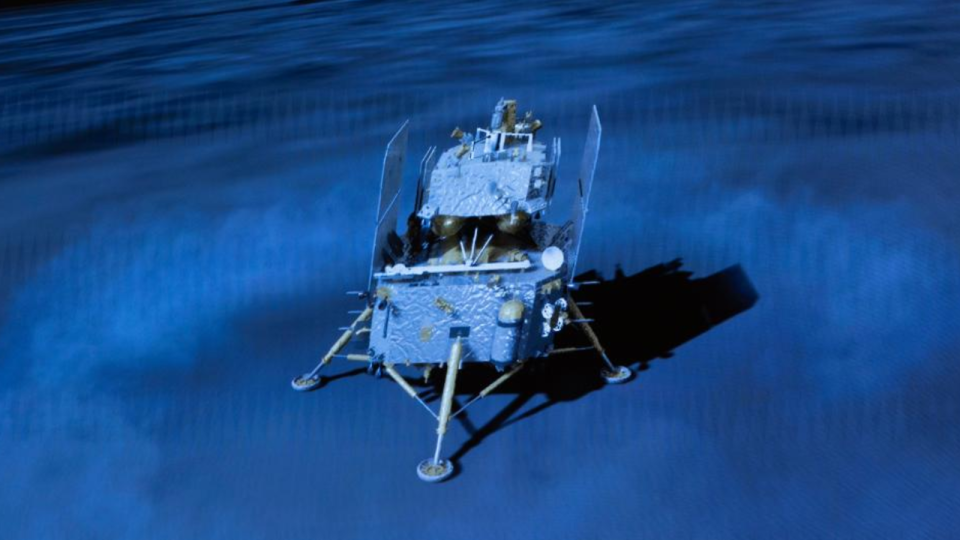

Landing/sampling area
Chang’e-6 has instruments to facilitate scientific research.
Zuo Wei, chief engineer of the Chang’e-6 mission, told CCTV that one of that trio of instruments is the foreground camera, which captures high-definition images of the landing and sampling areas.
Another example is the mineral spectral analysis instrument, Zuo said, which obtains spectral data at the sampling area to help analyze the mineral composition there.
Another instrument is the structural detector, installed on the bottom of the lander, which detects the structure of the ground beneath the lunar surface and provides information for further drilling and sampling procedures, Zuo explained.
International loads
Also on board the lander are several international payloads, including a detector from France, a negative ion analyzer on the lunar surface from the European Space Agency (ESA) and a laser angle reflector from Italy.
As the first French-made instrument to land on the moon, the Detection of Outgassing RadoN (DORN) is intended to measure the radioactive radon gas on the moon’s surface.
The lunar surface negative ion analyzer, developed by ESA/Sweden, will be used to detect negative ions and study the interaction between plasma and the lunar surface.
The laser retroreflector developed by Italian scientists will be used for positioning and distance measurement in future moon missions.
In addition to scientific instruments from European countries, the probe also carried a cube satellite from Pakistan known as ICUBE-Q, which separated from the Chang’e-6 orbiter on May 8 to conduct reconnaissance activities such as taking images of the moon. .
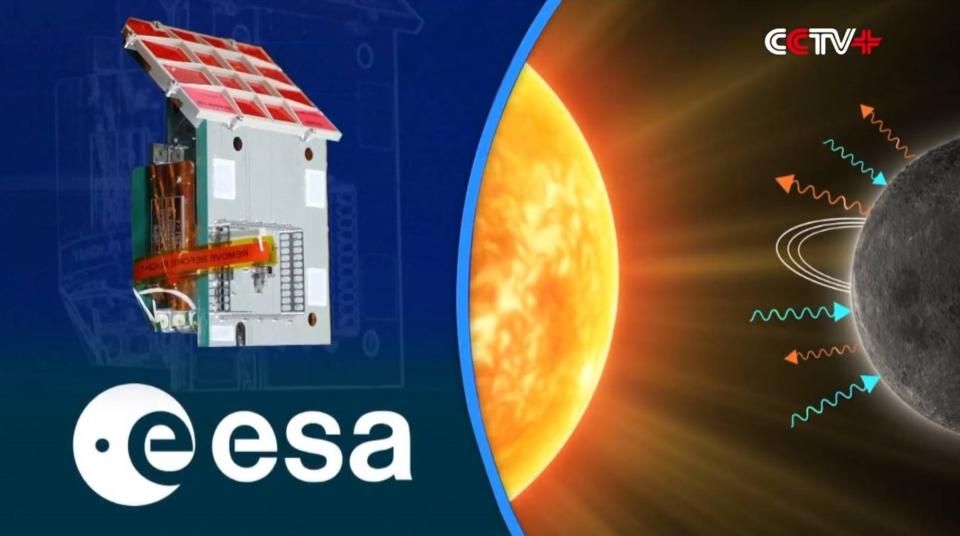

“Monsters in Our Pocket”
The multi-component Chang’e-6 mission consists of an orbiter, a returner, a lander and an ascendant.
Since the mission’s departure from China on May 3, it has conducted Earth-moon transfers, near-moon braking, lunar orbit and landing descents. The lander-ascender combination separated from the orbiter-returner combination on May 30, the China National Space Agency (CNSA) said.
“The drilling and gathering work is coming to an end,” advised Ren Depeng, a space expert from the China Aerospace Science and Technology Corporation (CASC).
“Now we have samples and the final action is to put the samples in our bag. We can say that the drilling and collection is going smoothly,” Ren told CCTV.
Travel from moon to earth
After Chang’e-6’s drilling and sample collection tasks, the probe will cap off all samples before the riser prepares for liftoff.
Ren added that the launcher will then blast off from the lunar surface, connect with the returner combination that has been waiting in orbit and transfer the collected samples to the returner combination.
The combination will travel from moon to Earth and return the specimens to Earth under parachute, now with a view to a targeted landing on June 25 (Beijing Time).
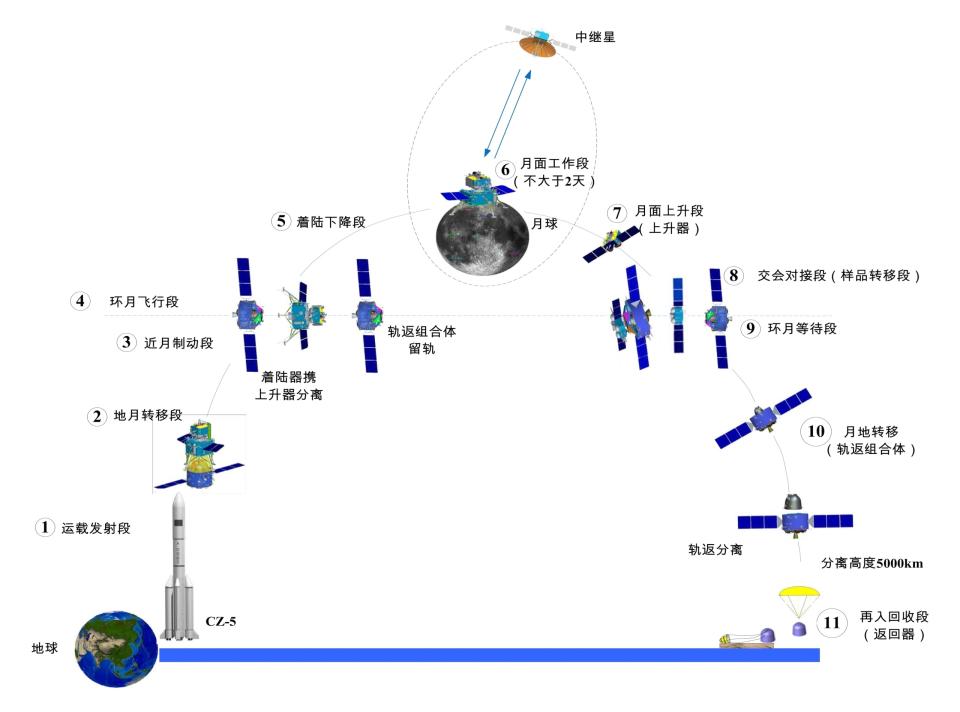

With samples on Earth, they will be transferred to a lunar receiving laboratory in Beijing for examination. The specimens on the other hand need to be described and documented, prior to the publication of a Chang’e-6 sample catalogue.
Chang’e 6’s mission profile is essentially identical to China’s Chang’e 5 robotic mission to the moon in late 2020. That earlier effort returned 1,731 grams of lunar material from North Oceanus Procellarum near a massive volcanic complex, Mons Rümker, located in the northwestern moon. near side.
Spectacular performance
According to Jim Head, an authority on lunar research at Brown University, the Chang’e 6 landing and sampling operations represent a spectacular achievement.
Head pointed out that China demonstrated the first successful landing on the far side of the moon with its previous Chang’e 4 mission, immediately followed by surface operations with the deployed Yutu-2 rover.
The Chang’e 4 mission accomplished two very difficult tasks five years ago in 2019, Head said, with the help of the Queqiao-1 relay satellite on the other side.
“Now China, with the help of the new Queqiao-2 communications satellite on the other hand, has successfully landed a monster return spacecraft, Chang’e 6, in the Apollo Basin in the huge South Pole-Aitken Basin, an area of intense scientific importance and importance,” Head told Inside Outer Space.
Mission-critical steps
RELATED STORIES:
— This is what China’s first moon landing with astronauts could look like (video)
— Why is the far side of the moon so strange? Scientists may have solved a moon mystery
– China launches Chang’e 6 sample return mission to the far side of the moon (video)
Successful return and analysis of these samples, which are currently being collected and stored, will help answer age-old fundamental questions about the many differences between the near and far sides of the moon, and what they mean about the moon’s origins and evolution, according to Head. the moon.”
The return of lunar samples from the near side of the moon by China’s Chang’e-5 mission in 2020, now followed by the successful landing on the far side of the moon by the Chang’e-6 sample return mission, will help future projects to orchestrate. Head advised.
“It is clearly a very important practice for Chinese engineers and operations personnel, because each step of these missions duplicates important and mission-critical steps in China’s plans to land taikonauts on the moon and robotically return samples from Mars,” said Head.